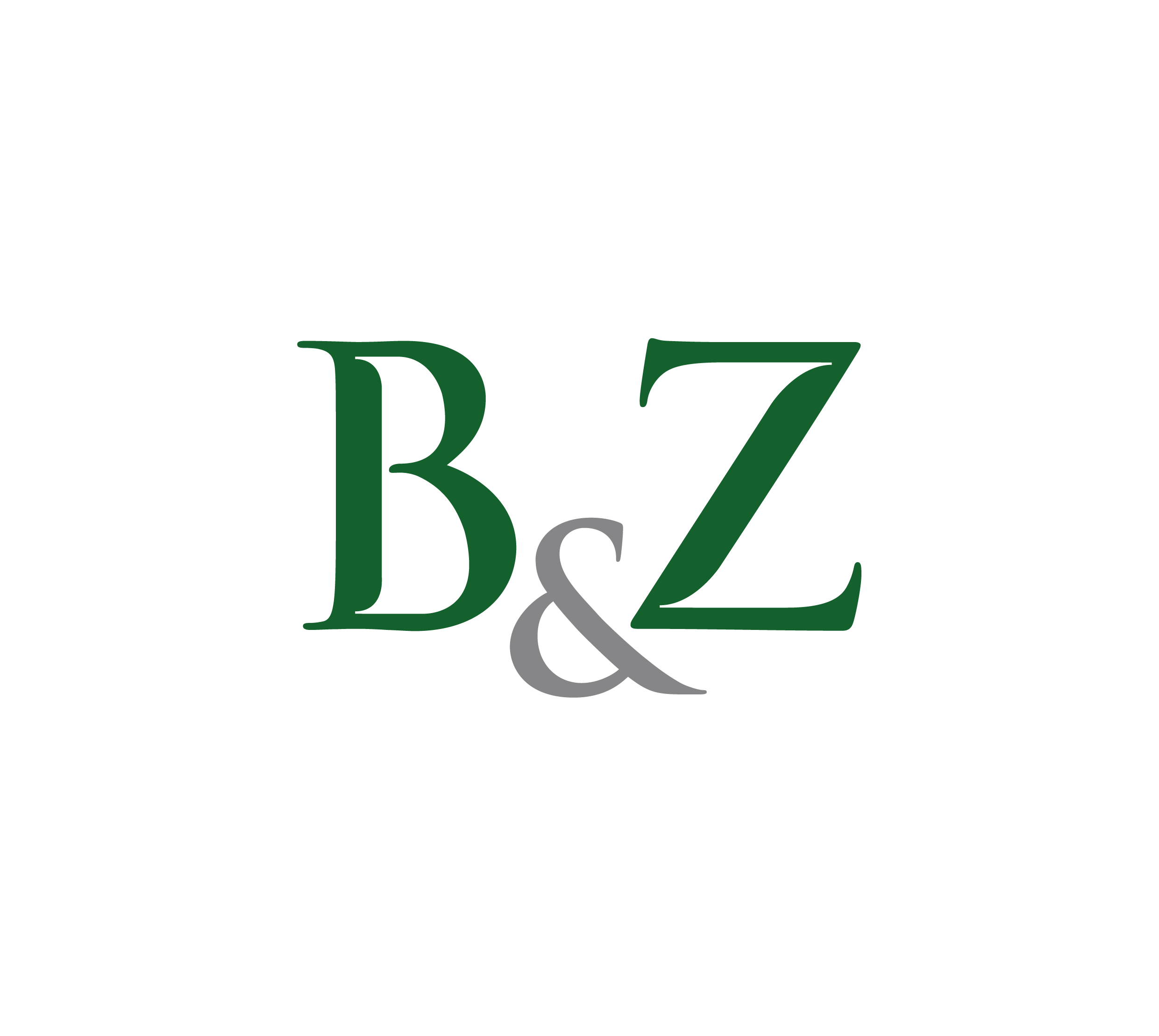Basics: what do we mean by artwork?
From a regulatory standpoint, it is the law of copyright (n. 633/1941) that defines what a protected artwork is and that identifies its protection tools.
According to copyright law, protected artworks are those having creative character and belonging to literature, music, figurative arts, architecture, theatre and cinema in any form or kind of expression.
Therefore, in order to benefit from copyright, the artwork should:
- have a creative character. This doesn’t mean that the artwork should have a particular artistic value. Actually, it is widely considered that the required creativity standard is quite low, as it is only necessary that the piece of art represents a form of free expression of the author. For example, instruction manuals of products – whose artistic value is realistically doubtful – are considered eligible for copyright protection. An exception to this rule is represented by industrial design works, as the law establishes that besides the creative character, they must have an artistic value, too.
- be a form of expression. Therefore, ideas as such are not eligible of copyright protection. For example, they have not been considered suitable for protection, the ideas underlining the organization of an art exhibition or the idea to use an old car for a promotional campaign. If, on the contrary, an idea manifests itself in some tangible ways, then it will become an artwork effectively eligible for copyright protection. Therefore, turning to the examples, the path and possible decorations featuring an art exhibition or an advertisement in which a certain vintage car is used are fully protected by copyright law.
Which rights does the author of an artwork have and how long for?
Rights granted by copyright law are divided into two categories:
- property rights, that is the right to economically exploit the artwork. In this category are included also the right to reproduce the work, to distribute it and so to commercialize it and make it available to the public, to modify/elaborate and transform it.
Property rights are freely transferable by the author. For instance, the author of a book can, in exchange of royalties, give to the publisher the right to publish his/her work.
Duration: property rights last for 70 years after the author’s death.
- moral rights, regardless of property rights and their transfer, the author is always the owner of the following rights:
- to claim authorship of his/her work;
- to oppose any amendment which could be detrimental to his/her honour and reputation.
Moral rights cannot be transferred and when the author dies they can be claimed by his/her heirs or even by the State in specific limited cases.
The protagonist: the copyright owner
Unless there are specific exceptions, the subject creating an artwork is the owner of the copyright upon it. There are particular cases in which property rights upon a specific work are transferred by law to other subjects rather than to the author. Among these, we can mention computers or databases’ software created by an employee or any photo taken during a working relationship or on commission. In these cases, except when contrary agreements have been made, property rights upon the artwork are due to the employer (or to the subject commissioning it).
Is the registration necessary?
The copyright on an artwork arises with the creation of the artwork itself and its embedding in a tangible support. Therefore, no registration is needed.
However, there are some tools allowing to ensure the specific date and authorship upon the artwork. In fact, when enforcing an artwork which is protected by copyright it is necessary to collect evidences in advance in order to prove that such work was created in a specific date (obviously before the date in which the contested work was made) and that it was realized by the subject actually enforcing it.
In absence of a registration procedure (in use for trademarks, patents and designs), the exact date and the proof of authorship are the most delicate elements and undoubtedly the most discussed in copyright disputes.
In order to limit such problems, the author can address SIAE (applying to the competent sections or using the registration service for new works) or use other timestamp tools. Among these, “blockchain” technology is a very interesting one and it has been officially acknowledged by the national law system.
Limitations
As often happens when talking about exclusive rights, copyright as well is subject to limitations which are justified by opposed and dominant interests of other subjects or the entire community. For example, reproductions of works for personal use are allowed as long as they are made unsuitable for distribution to the public, or reproductions made by libraries or schools for their institutional purposes are acceptable if no economic advantage is pursued. In the same way, reproductions of articles about current events already published or otherwise spread to the public are permitted, as long as such reproduction wasn’t expressly reserved and if the source, date and author’s name are indicated. Other licit cases of reproduction are those usages aiming at exercising the right to inform and also reproductions on newspapers of openly held speeches of public interest – always to the extent of the informative purpose only.
In conclusion, copyright law represents – even with all its limitations – the most effective tool to protect creative works. In order to deal with such limitations, that are intrinsic in a rather outdated regulation (written nearly 80 years ago), an update of the laws would be highly desirable. Indeed, these need to be adjusted to the times we live in, which happen to be characterized by challenges and technological opportunities that were completely unknown to the people who wrote law 633 in the 40s. In the meanwhile, we suggest all artists to pay particular attention to the protection of their creative works and to seek experts’ advise for any doubt or further clarification.
